|
|
 |
 |
|
 |
 |
|
 |
 |
| |
|
|
|
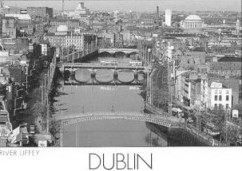
|
Sorrow's Journey
"His soul swooned slowly as he heard the snow falling faintly through the universe and faintly falling,
like the descent of their last end,
upon all the living and the dead."
"The Dead"
James Joyce
|
|
| |
|
|
|
 |
 |
|
|
 |
 |
|
|
 |
 |
 |
 |
|
 |
 |
|
 |
 |
|
jkdfjdkfjdksj
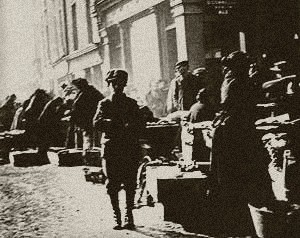
"You cannot
conquer Ireland. You cannot extinguish the Irish passion for freedom. If our deed has not
been sufficient to win freedom, then our children will win it by a better deed."
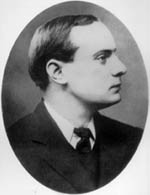
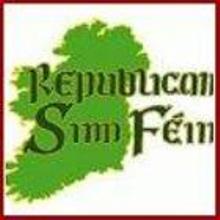
Pádraig
Pearse, 2 May 1916.
Ireland has outlived the failure of all her hopes and
yet she still hopes... Ireland, that has wronged no man, that has injured no land, that has sought no dominion over others.
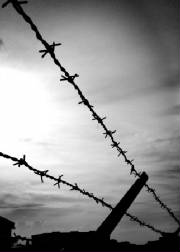
Ireland is
treated today among other nations of the world as if she was a convicted criminal. If it be treason to fight against such
an unnatural fate as this, then I am proud to be a rebel, and shall cling to my rebellion with the last drop of my blood.
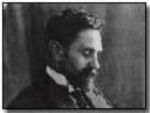
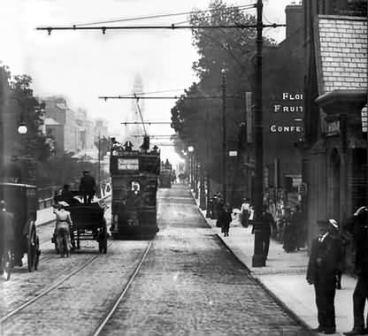
|
|
 |
 |
|
|
 |
 |
|
|
 |
 |
 |
 |
|
 |
 |
|
 |
 |
|
jkdfjdkfjdksj
|
|
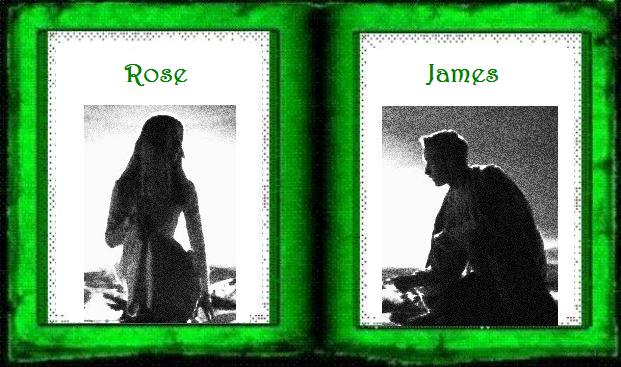
Dear lassie, we must part,
That might our ruin prove!
Let others whisper in thy ear,
The
tender tale of love.
|
|
|
|
 |
 |
|
|
 |
 |
|
|
 |
 |
 |
 |
|
 |
 |
|
 |
 |
|
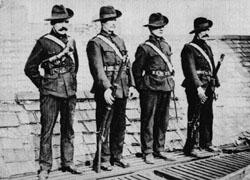
Irish Citizen Army
The Irish Citizen Army (Irish name: Arm Saoránach na hÉireann), or ICA, was a small group of trained volunteers established in Dublin for the defense of worker’s demonstrations from the police. It was formed by
James Larkin and Jack White. Other members included James Connolly, Sean O'Casey, Countess Markievicz, Francis Sheehy-Skeffington.
The Lockout
The army rose out of the great strike of the Irish Transport and General Workers Union in 1913, known as the Lockout of 1913. The dispute was over the recognition of this labor union founded by James Larkin. It began when William Martin Murphy, an industrialist, locked out some trade unionists on August 19, 1913. In response, Larkin called an all out strike on Murphy's Dublin United Tramway Company. Other companies, encouraged by Murphy, sacked ITGWU members in an effort to break the
union. The conflict eventually escalated to involve 400 employers and 25,000 workers.
This strike caused most of Dublin to come to an economic standstill and was marked by vicious rioting between the strikers and the Dublin Metropolitan Police, particularly at a rally on O'Connell street
on August 31, in which two men were beaten to death and about 500 more injured. Another striker was later shot dead by a strike-breaker.
The violence at union rallies during the strike prompted Larkin to call for a worker's militia to be formed to protect themselves
against the police. The Citizen army for the duration of the lockout was armed with hurling sticks and bats in order to protect worker's demonstration from the police.
Jack White, a former
British Army Captain, volunteered to train this army and offered 50 pounds towards the cost of shoes to workers so they
could train. In addition to its role as a self defense organization, the army, which was drilled in Croydon Park in Fairview by White, provided a diversion for workers unemployed and idle during the dispute. After
a six-month standoff, the workers returned to work hungry and defeated in January 1914. The original purpose of the ICA was over, but it would soon be totally transformed.
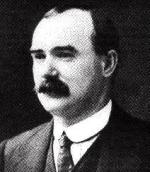
Re-Organization
The Irish Citizen Army was totally reorganized in 1914. In March of that year a demonstration
of the Citizen Army was attacked by the police and Jack White, its commandant, was arrested. Sean O'Casey then suggested that the ICA needed a more formal organization. O'Casey wrote a constitution
stating the Army's principles as follows: the ownership of Ireland, moral and material, is vested of right in the people of
Ireland and to "sink all difference of
birth property and creed under the common name of Irish people".
On Larkin's insistence, all members were also required to be members of a trade union, if eligible. In
mid 1914, White resigned as ICA commander to join the mainstream
nationalist Irish Volunteers and Larkin took over.
James Larkin left Ireland for America in October 1914, leaving the Citizen Army under the command of James Connolly. Whereas during the Lockout,
the ICA had been a workers' self defense militia, Connolly
conceived of it as a revolutionary organization - dedicated to the creation of an Irish socialist republic. He had served
in the British army in his youth and knew something about military tactics and discipline. Other active members in the early
days included Sean O'Casey, Countess Markievicz, Francis Sheehy-Skeffington.
Sheehy-Skeffington and O'Casey left the ICA when it became apparent that Connolly was moving towards the
radical nationalist group, the Irish Republican Brotherhood. James Connolly was a convinced Marxist socialist and Irish Republican and believed that achieving political change through physical force, in the tradition of the Fenians, was legitimate.
The ICA was armed with Mauser rifles bought from Germany by the Irish Volunteers
and smuggled into Ireland at Howth in July 1914. This organization was one of the first to offer equal membership to both men and women
and trained them both in the use of weapons. The army's headquarters was the ITGWU union building, Liberty Hall and they were almost entirely Dublin
based. However, Connolly also set up branches in Tralee and Killarney in county Kerry. In October 1915, armed ICA pickets patrolled a strike by dockers at
Dublin port.
Appalled by the participation of Irishmen in the First World War, which he regarded as an imperialist,
capitalist conflict, Connolly began openly calling for insurrection in this newspaper, the Irish Worker. When this was banned,
he opened another the Worker's Republic. The British authorities tolerated the open drilling and bearing of arms by the ICA, thinking that to clamp down on the organization would provoke further
unrest. A small group of Irish Republican Brotherhood (IRB) conspirators within the Irish Volunteers movement were also planning a rising. Worried
that Connolly would embark on premature military action with the ICA,
Connolly was approached and inducted into the IRB's Supreme Council to co-ordinate their preparations for the armed rebellion known as the Easter Rising.
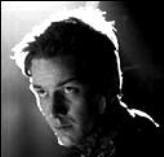
The army never numbered more than 250 men and women. On Monday April 24, 1916, 220 of them (including 28 women) took part in the Easter Rising, alongside a much larger body of the
Irish Volunteers. They helped occupy the General Post Office on O'Connell Street (then Sackville Street), Dublin's main thoroughfare. Mallin, Connolly's second in command, along with Markievizc and an ICA
company, occupied St Stephen's Green. Another company under Sean Connolly took over City Hall and attacked Dublin Castle. Finally, a detachment occupied Harcourt Street railway station. ICA men were the first rebel casualties of Easter Week, two of them being killed in an
abortive attack on Dublin Castle.
Sean Connolly, an ICA officer, was the first rebel fatality. A total of eleven Citizen Army men were killed in action in the
rising, five in the City Hall/Dublin castle area, five in Stephen's Green and one in the GPO.
Connolly was made commander of the rebel forces in Dublin
during the Rising and issued orders to surrender after a week. He and Mallin were executed by British army firing squad some
weeks later. The surviving ICA members were interned in Frongoch in Wales until 1919.
Many of them later joined the new Irish Republican Army from 1917 on, but the Citizen Army remained in existence until the 1930s. According to some reports, ICA
units were involved in various IRA operations during the Irish War of Independence, including the burning of the Customs House in May 1921. During the fighting in Dublin that began the Irish Civil War in July 1922, some elements of the ICA (which by this time had about 140 members) were
involved in the Anti-Treaty IRA occupation and defense of the Four Courts while others occupied Liberty Hall, the Trade Union headquarters, to prevent it falling into the hands of either the Republicans or the Free State Army.
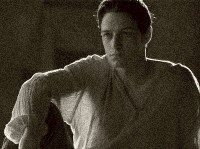
|
|
 |
 |
|
|
 |
 |
|
|
 |
 |
 |
 |
|
 |
 |
|
 |
 |
|
jkdfjdkfjdksj
jkdfjdkfjdksj
|
|
 |
 |
|
|
 |
 |
|
|
 |
 |
 |
 |
|
 |
 |
|
 |
 |
| |
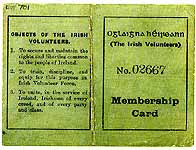
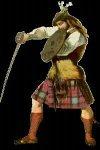
Sons of the Gael!
Men of the Pale!
The long watched day is breaking;
The serried ranks of Inisfail
Shall set
the Tyrant quaking.
Our camp fires now are burning low;
See in the east a silv'ry glow,
Out yonder waits the Saxon
foe,
So chant a soldier's song.
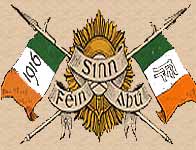
Soldier's Song
We'll sing a song, a soldier's song,
With cheering rousing chorus,
As round our blazing fires
we throng,
The starry heavens o'er us;
Impatient for the coming fight,
And as we wait the morning's light,
Here
in the silence of the night,
We'll chant a soldier's song.
We whose lives are pledged to Ireland;
Some have come
from a
land beyond the wave.
Sworn to be free,
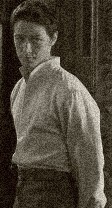
No more our ancient sire land
Shall shelter the despot or the slave.
Tonight we man the gap of danger
In Erin's
cause, come woe or weal
'Mid cannons' roar and rifles peal,
We'll chant a soldier's song.
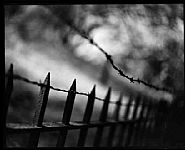
In valley green, on towering crag,
Our fathers fought before us,
And conquered 'neath
the same old flag
That's proudly floating o'er us.
We're children of a fighting race,
That never yet has known disgrace,
And
as we march, the foe to face,
We'll chant a soldier's song.
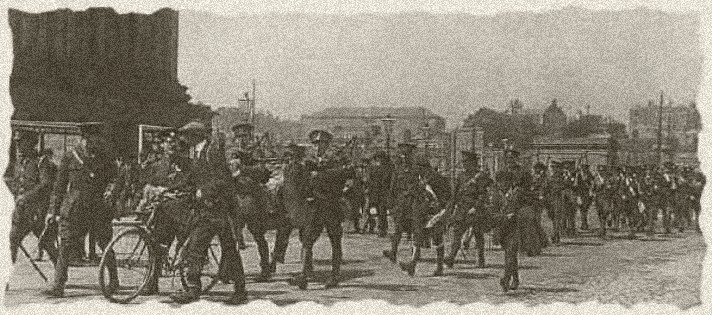
FJDSLFKLDSF
Irish Independence
Despite the promise of home rule, the situation in Ireland exploded during the First World War. In 1916 the Easter
Rebellion caused a profound change in Britain’s
relations with the Irish. While thousands of Irish participated in the British war effort, pro-independence activists saw
the war as an opportunity to win total freedom. On Easter Sunday in 1916 an armed uprising took place in Dublin. Although the British brutally suppressed the Easter Rebellion, it accelerated the
pace of the Irish Revolution.
In 1918 Irish representatives to Parliament refused to take
their seats and instead declared an independent Irish Free State. They formed their own Parliament,
the Dáil Éireann (Gaelic for “Assembly of Ireland”), with Irish independence activist Eamon de Valera as its leader.
The British government refused to recognize the rebel government, but the Irish republicans had the support of the people,
especially during the following years of guerrilla warfare. Armed independence groups merged to create the Irish Republican
Army (IRA), which launched attacks against members of British security forces and Protestant Irish police. By 1921 southwestern
Ireland was under British martial law.
|
|
 |
 |
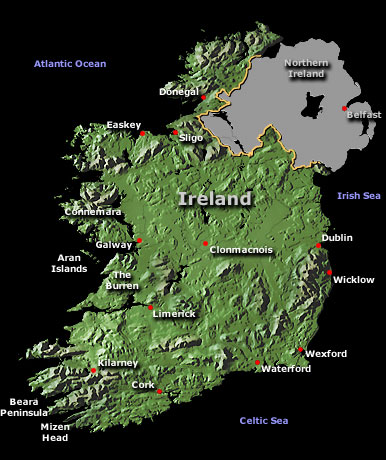
|
|
 |
 |
|
|
 |
 |
|
|

